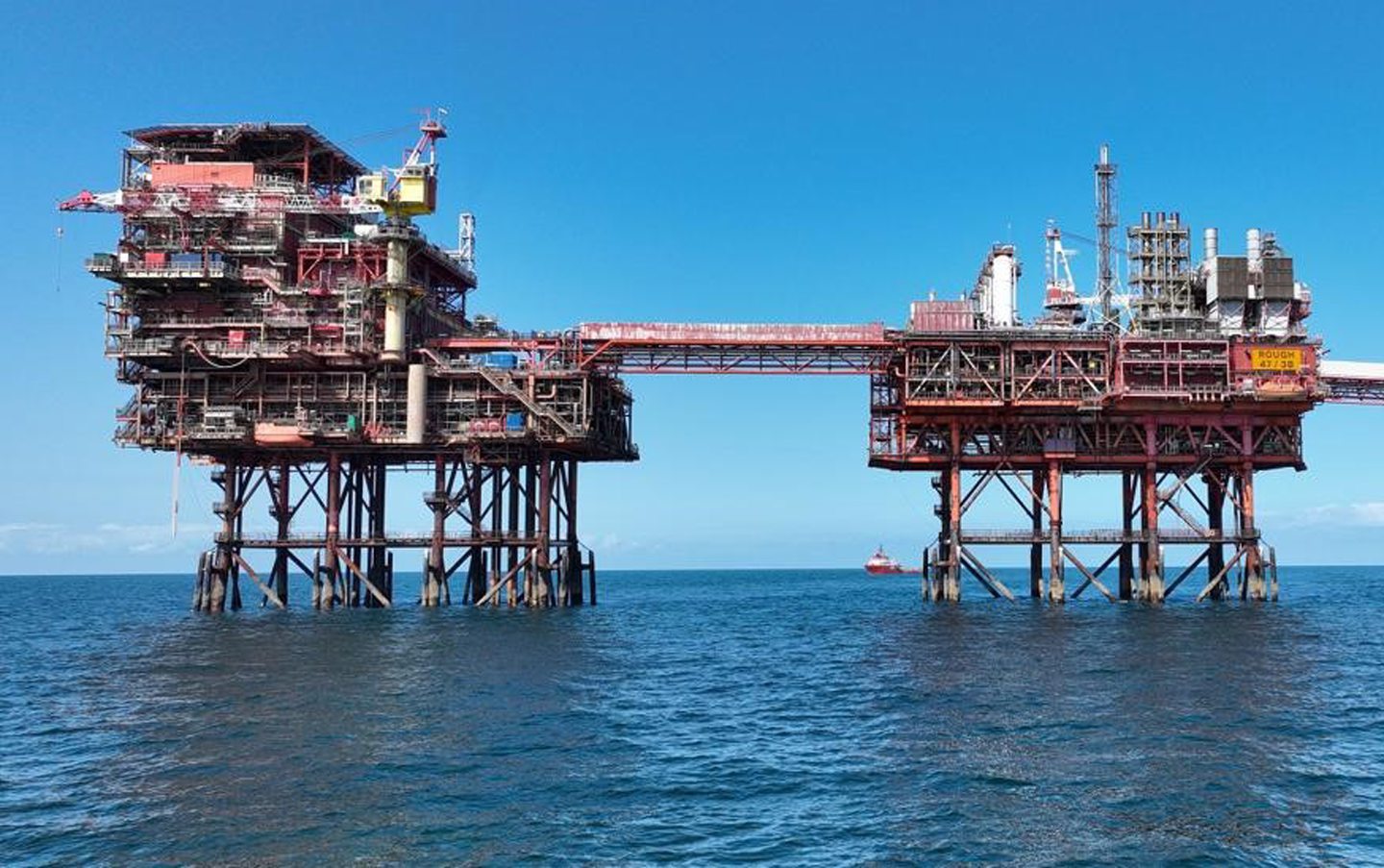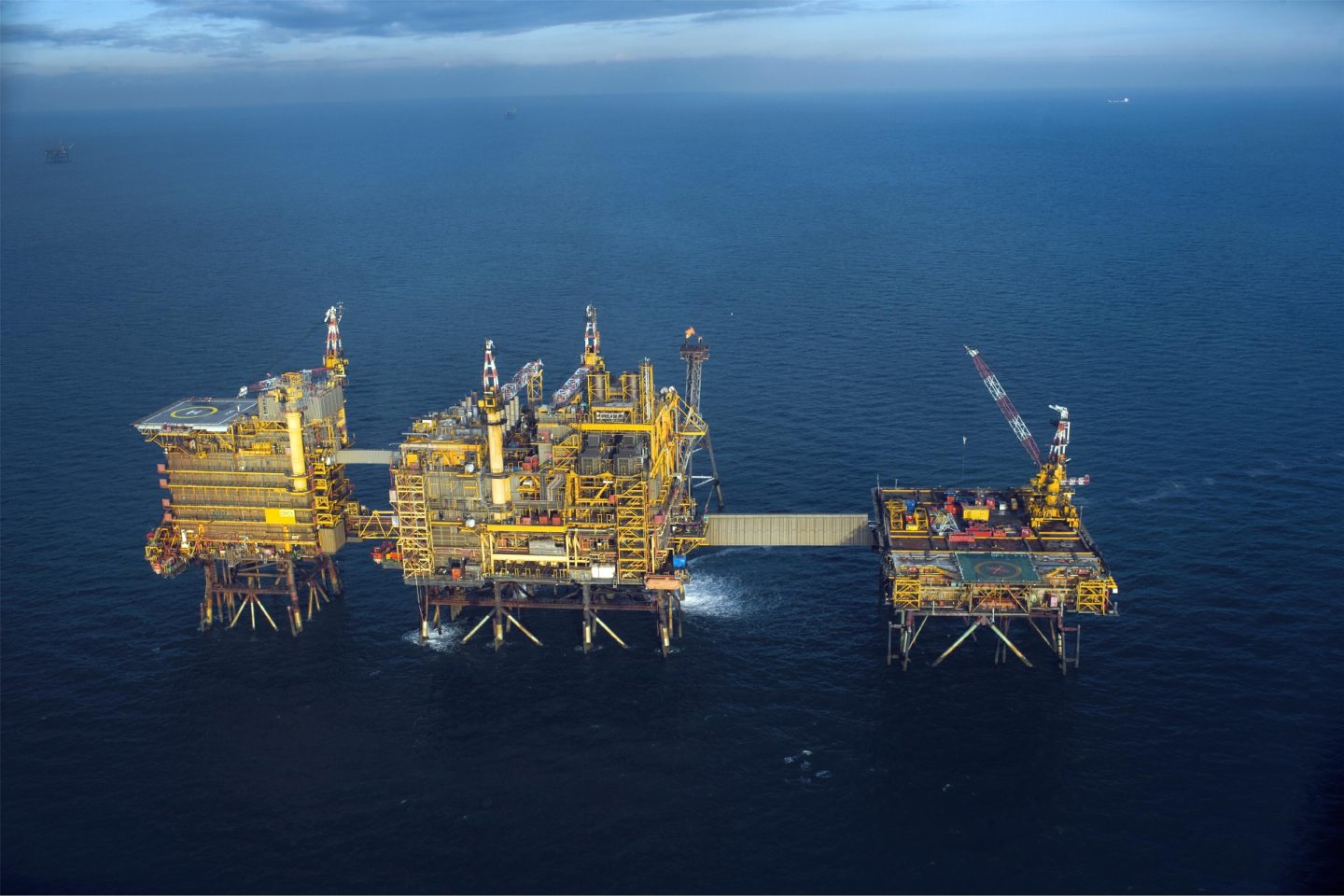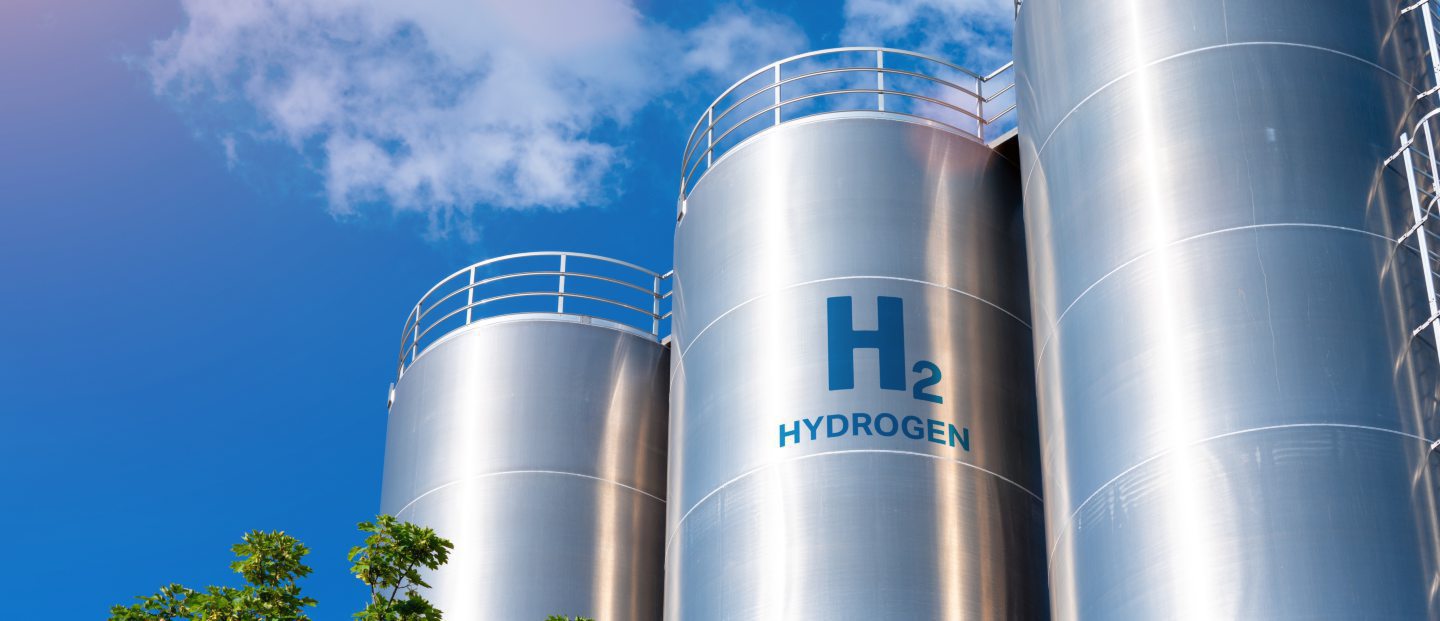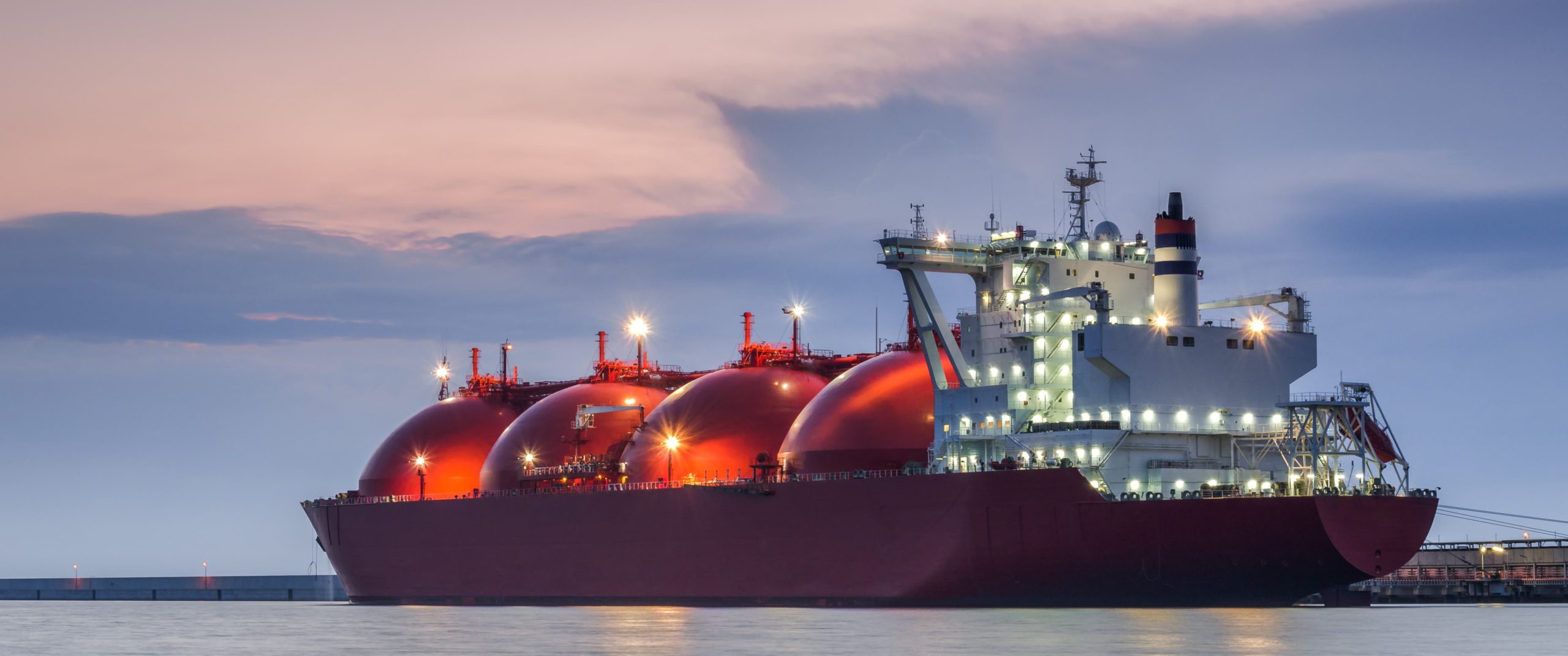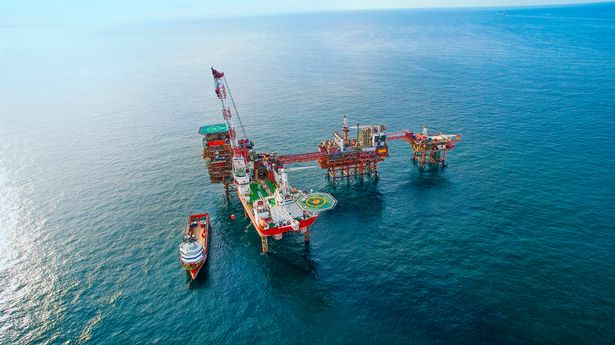
The UK government will launch a consultation with industry on future gas supply and storage requirements as production from the North Sea declines.
In a recent report, the Department for Energy Security and Net Zero (DESNZ) outlined a possible need for “additional flexibility” in gas supply sourcing in the future, with the UK set to become increasingly reliant on imports even as gas demand falls.
Despite the projected fall in gas demand, the UK’s reliance on imports is expected to significantly increase from approximately 10% in 2023 to a peak of 58% import dependence in 2045.
In addition, DESNZ said while its analysis models a reduction in total annual gas demand, there are still risks around high peak demand days.
To assess the need for policy change, the government will launch a “Call for Evidence on Flexibility” in the coming months to seek input from gas industry stakeholders on potential policy changes surrounding increased storage, LNG imports and interconnector pipelines.
According to the report, an “overreliance on one type of system flexibility could leave the gas system exposed” and the government will aim to strike an “optimum balance” across the three flexibility options.
Geological gas storage
There are currently eight geological storage sites across Great Britain, containing approximately 3.1bcm in capacity and maximum deliverability rates of 124mcm/day.
Five of these gas storage sites are in salt caverns while the remaining three are depleted oil and gas fields, with the Centrica’s Rough field in the North Sea the only site located offshore.
The Rough site, located 18 miles off the coast of East Yorkshire, re-opened in October 2022 and is Britain’s largest gas storage facility after it doubled its capacity in June this year.
Last month, Centrica pumped gas from Rough into the UK grid for the first time this year to meet increased demand while keeping prices down ahead of winter.
The other seven storage sites opened between 1979 and 2014 and, due to the average asset life of a geological storage facility ranging from 40 to 50 years, DESNZ said “it is likely that we will see some decommissioning of facilities starting to occur in the late 2030s and early 2040s”.
Future UK storage sites
In 2022, the DESNZ said annual UK gas demand was 72 billion cubic metres (bcm), which accounted for 38% of total energy demand.
The department’s modelling suggests UK gas demand will fall to approximately 47bcm by 2030 and as low as 10bcm by 2050.
While multiple gas storage projects have received planning permission in the past 20 years, DESNZ said shifting market dynamics have led to narrower price differentials between summer and winter.
As a result, this has reduced revenue certainty which DESNZ said “is essential for site operation to continue and/or expand”.
There are currently seven gas storage projects in the UK which have received planning approval but have not progressed to a final investment decision.
Of the proposed storage projects, the two largest are offshore sites including Stag Energy’s Gateway project in Morecambe Bay and Eni’s Deborah project off the coast of Bacton.
While DESNZ said continued volatility in the market could influence future site investment and decommissioning plans – as assets may be more profitable and justify life extension or expansion – the department said the gas storage industry has consistently indicated that there are currently no plans to bring online new storage facilities.
In addition, the industry has also indicated any commercial decision to bring new natural gas storage online would need to take account of the future system demand for hydrogen storage.
These sites also require substantial lead-in times, DESNZ said, with the process of installing salt cavern storage facilities taking up to nine years from planning to construction.
Gas options depend on decarbonisation route
According to the report, although gas will support the transition to net zero, the precise level of natural gas storage required will “depend on the decarbonisation pathway chosen and how much potential for disruption to supply is accepted”.
DESNZ said it is currently assessing how much natural gas storage might be required to isolate the UK against various security of supply risks, including a cold snap, loss of LNG or loss of interconnectors in the context of declining UK supply sources.
In addition to considering future storage requirements, the report said the government will also look at possible financial or regulatory incentives to enable increased storage, which could include legislation.
DESNZ said given future decarbonisation pathways and the likely need for hydrogen storage, any natural gas business model would need to align with the hydrogen storage business model which the government is set to release by 2025.
Options for diversifying gas storage outlined in the report include implementing strategic reserves, long-range seasonal storage and mandatory fullness targets for the winter period.
LNG and Interconnectors
Aside from domestic gas storage sites, DESNZ also considered the role of LNG import terminals and interconnector pipelines in ensuring UK gas supply security.
The UK currently has three LNG import terminals, including the Dragon and South Hook terminals in Milford Haven and the Grain terminal on the Isle of Grain in Kent.
DESNZ said LNG imports hit a record high of 26bcm in 2022, an increase of 74% on the previous year largely due to a curtailment in Russian gas supplies following the invasion of Ukraine.
As the UK’s import dependence for both LNG and interconnector gas supply rises, DESNZ said LNG will likely move from a flexible source of gas which increases or decreases in line with demand, to providing some baseload supply, plus a flexible portion of supply on top of this.
DESNZ said there will also be important interactions between LNG and interconnector imports and domestic gas storage sites in the future.
If the UK has larger storage sites with high levels of deliverability, this may reduce the need for capacity increases at LNG terminals or across the interconnectors, while smaller volumes of storage capacity would have the opposite effect.
However, DESNZ said gas demand is likely to become more volatile as gas is increasingly used to meet power demand on days of low wind or solar availability.
As a result, peak demand is set to fall more slowly than annual gas demand the report said.
In relation to the role of interconnector pipelines, DESNZ said several geopolitical and economic factors will likely affect the flow of gas.
Call for Evidence
DESNZ said it is continuing to assess the potential role and economic rational of increased natural gas storage sites as well as the case for market intervention and possible government interventions.
The report states the government will “need to find an optimum balance across all forms of flexibility to ensure a secure energy system, replicating the key strengths we currently have on the diverse supply sources”.

